The trends in energy efficiency are rapidly changing today. The control and conversion of electrical power through power electronics is undergoing a profound transformation. Businesses and industries need to consume a lower amount-now individuals too are inquiring for better and green alternatives. Takeoff Projects keep our ear close to the ground about what is in the now and truly usher smart solutions on energy efficiency. Here, power electronics current trends and solution development with respect to energy efficiency are put under the spotlight.
Importance of Energy Efficiency in Power Electronics
Certainly, reducing electricity usage is one way of saving energy but also optimising the way it is used and managed. Rather, it implies using less to achieve the same work, which will mean in essence:
· Reduced energy costs
· Lower carbon emissions
· Extended lifespan of equipment
· Improved performance of a system
The need for energy-efficient power electronics will become increasingly important as industries reproduce electric vehicles, renewable energy systems and smart grids.
Power Electronics Major Trends
These are the some important trends which are include in supporting energy efficiency:
1. Wide Bandgap Semiconductors
These are materials that replace conventional silicon components; for example, they are represented by Silicon Carbide and Gallium Nitride. These WBG semiconductors have such characteristics as:
· Higher operating voltages, temperatures, and frequencies
· Reduced energy losses
· Smaller and lighter system designs
This technology is unquestionably very ideal for applications such as electric vehicles, solar-based inverters and industrial motor drives.
2. Smart Power Management
Modern systems adopt intelligent power-management techniques. These involve:
· Real-time monitoring of power usage
· Automatic load balancing
· Predictive maintenance via IoT sensors
These technologies work to optimize power usage and prevent energy wastage.
3. Energy Storage Integrations
Batteries and energy storage systems are now being embraced by many industries. Surplus energy is stored and then utilized during peak times to enhance energy efficiency.
Advanced power converters are now tailored for the utmost proximity to energy storage systems, ensuring maximum energy efficiency during charging and discharging cycles.
4. High-Efficiency Power Converters
Converters are fundamental components in power electronics systems. The current trend is as follows:
· Higher efficiencies of conversion (increasing up to 99%);
· Modular and scalable designs of converters
· Application of soft-switching techniques with a view to loss minimization.
Well-organized transforming gears play a pivotal role in renewable energies systems, such as, solar and wind power.
5. Digital Control Techniques
Digital control systems provide greater accuracy and flexibility than their analog counterparts. They are incorporated within Microcontrollers (MCUs) and Digital Signal Processors (DSPs) to facilitate:
- Load-condition adaptation
- Reduced standby power
- Remote control and diagnostics.
All the features contribute to making the systems intelligent and energy-efficient.
Innovative Solutions for Better Energy Efficiency at Takeoff Projects, we align solutions to follow the trends currently in the industry and include some strategies as follows:
1. Designing with WBG Devices
The development of projects and prototypes in various industrial sectors is now subjected to the use of SiC and GaN devices. Energy loss is significantly minimized, leading to a boost in overall system efficiency.
2. Implementing Smart Grids
Automation and real-time communication make smart grids smarter. They use these approaches to make the distribution power more efficient. We support projects that include grid modernization and smart energy management systems.
3. Advanced Power Converters Development
We give consultancy for the development of efficient DC-DC and AC-DC converter designs, which suit renewable energy, electric vehicles (EVs) and other specific applications that require maximum energy saving measures.
4. Promoting IoT-based Solutions
With the use of IoT technology, we help in the development of automatic monitoring and control systems for energy consumption. This feedback loop works in real-time for smarter and more energy-efficient operations.
5. Training in Digital Control Systems
We provide project ideas and support on digital power control so that students and professionals can work together in developing intelligent energy systems for tomorrow.
Conclusion
The concept of energy efficiency in power electronics has evolved from being an option to a vital requirement. Industries need to develop products and systems that are smarter and sustainable, as global energy demands increase alongside mounting environmental concerns. Technologies that lend themselves to higher speed and higher power application and to greener living will define the future of power electronics. Advance wide-bandgap devices such as SiC and GaN are powering the higher performance with lower energy losses, while smart control systems and ultra-efficient converters optimize energy management and utilize energy. Integration with next-generation energy storage systems will make the reliability and sustainability even better and set the base for a future where energy efficiency will be on the top agenda of all applications.
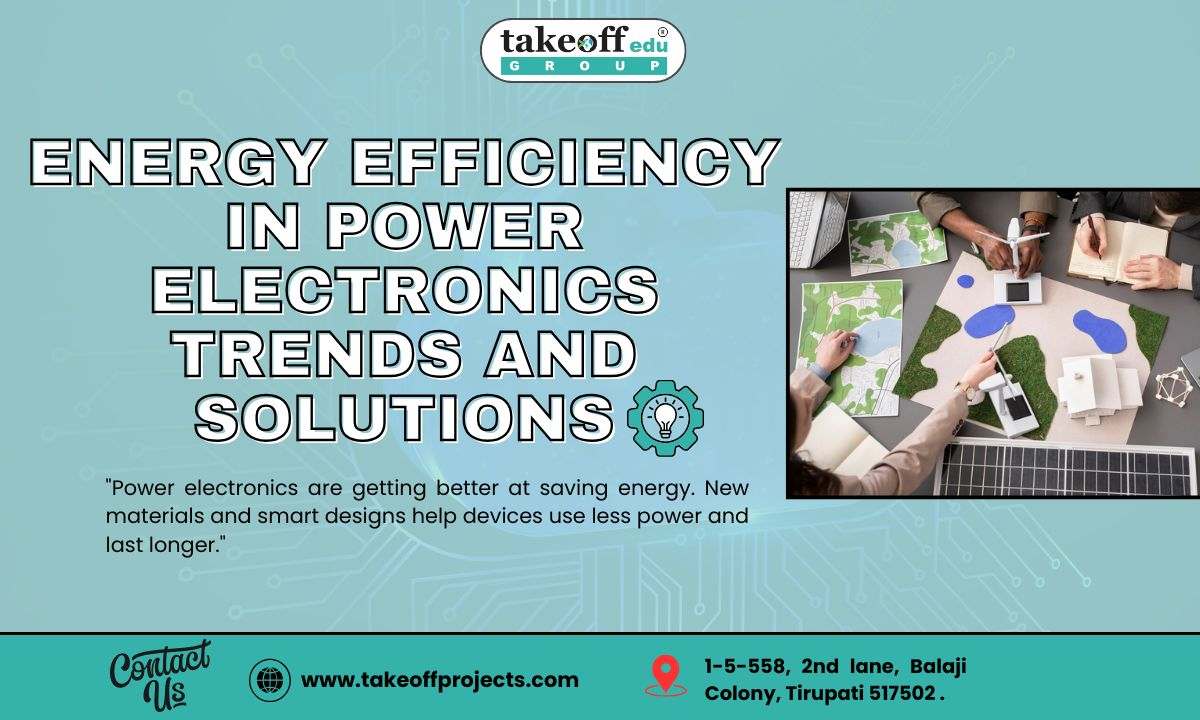
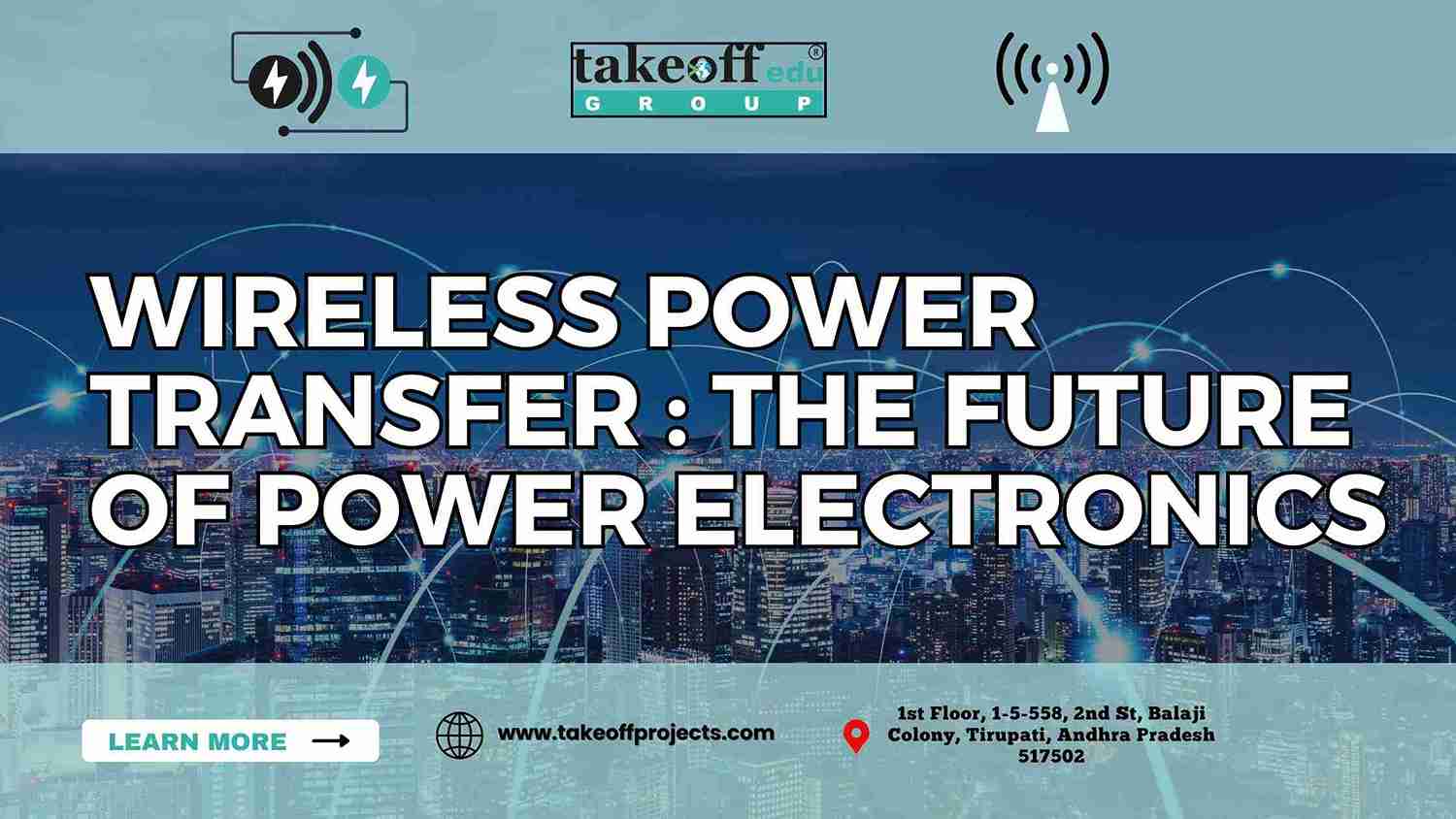 Wireless Power Transfer: The Future of Power Electronics
Wireless Power Transfer: The Future of Power Electronics 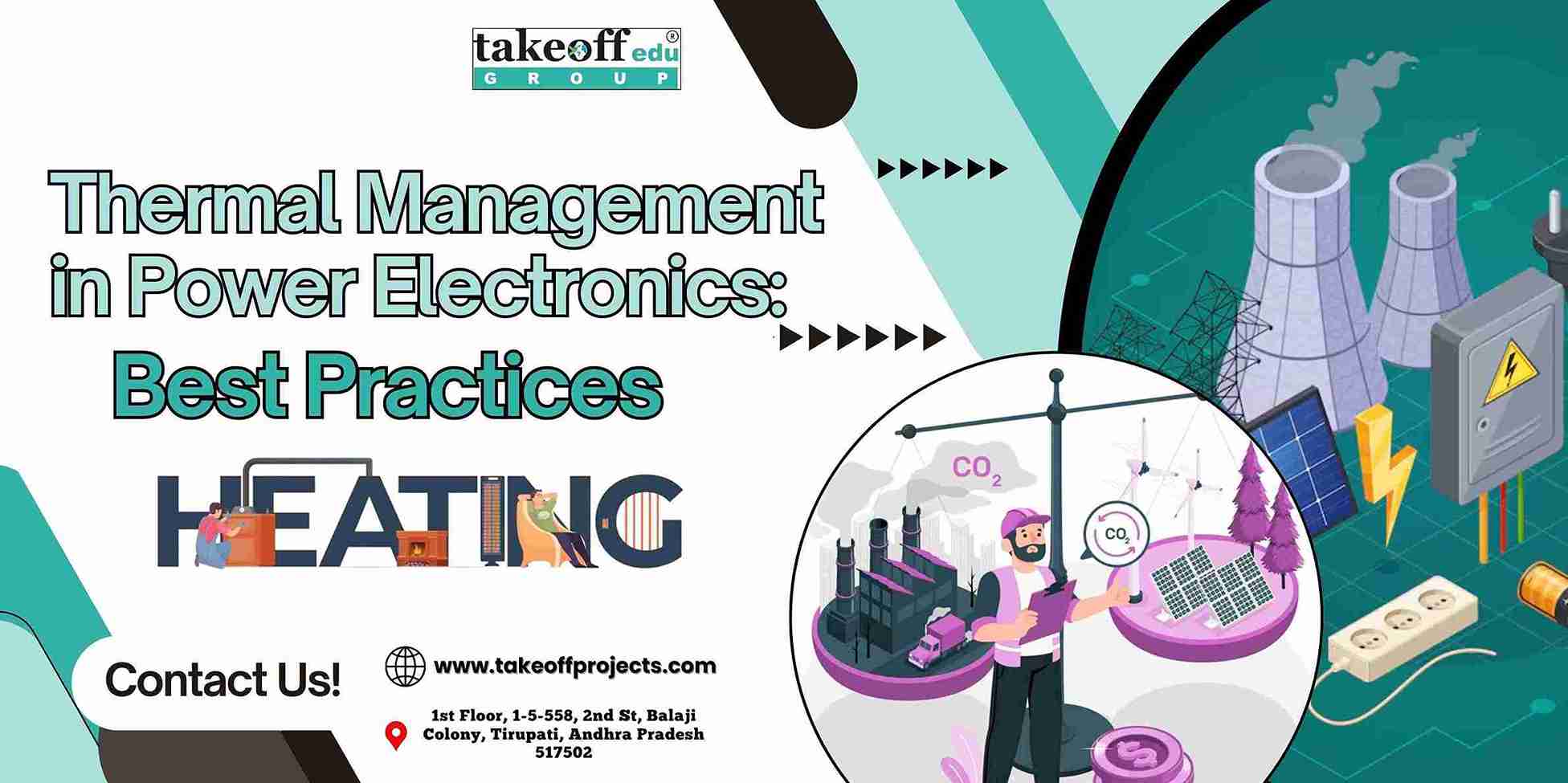 Thermal Management in Power Electronics: Best Practices
Thermal Management in Power Electronics: Best Practices 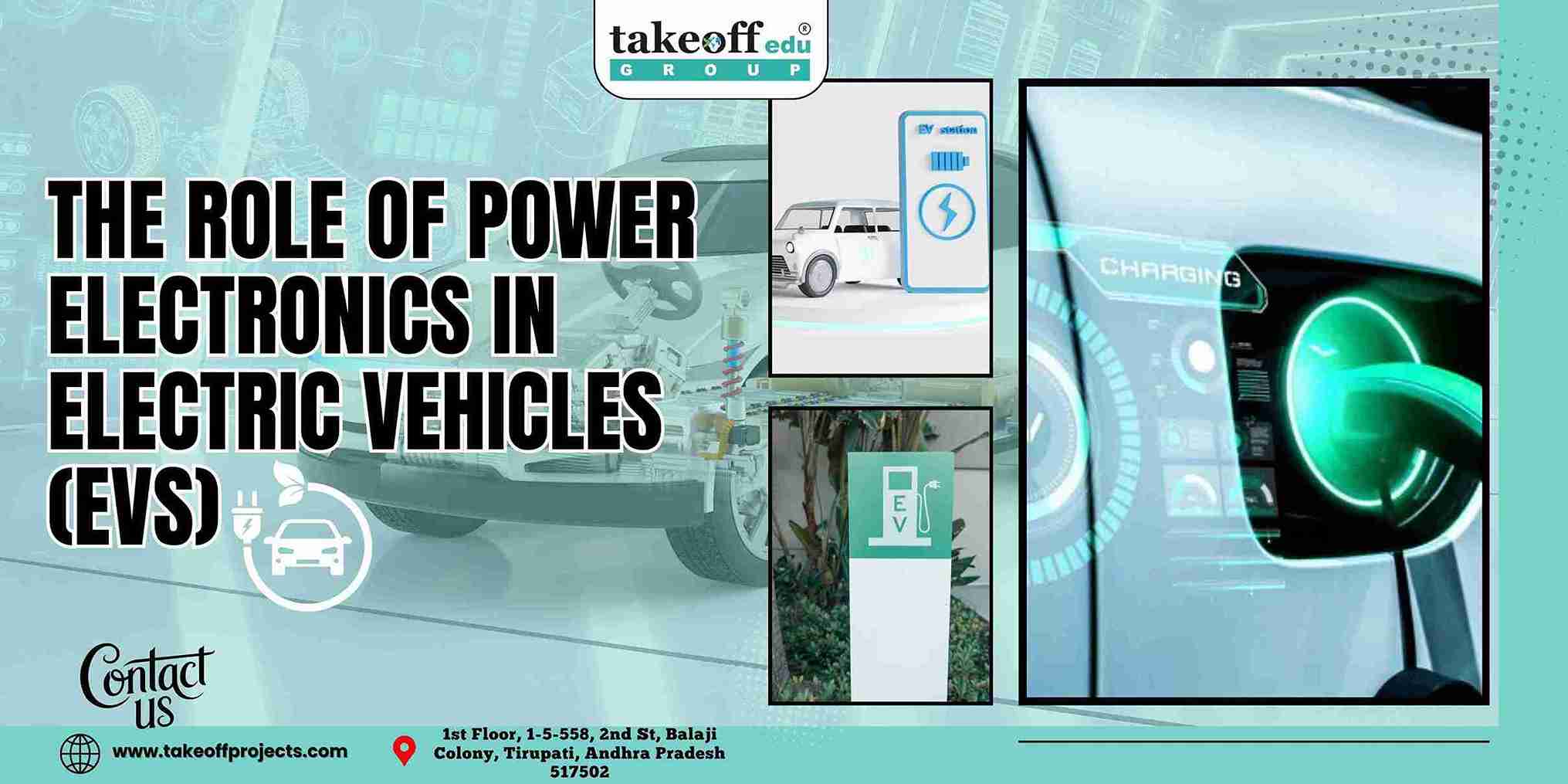 The Role of Power Electronics in Electric Vehicles (EVs)
The Role of Power Electronics in Electric Vehicles (EVs) 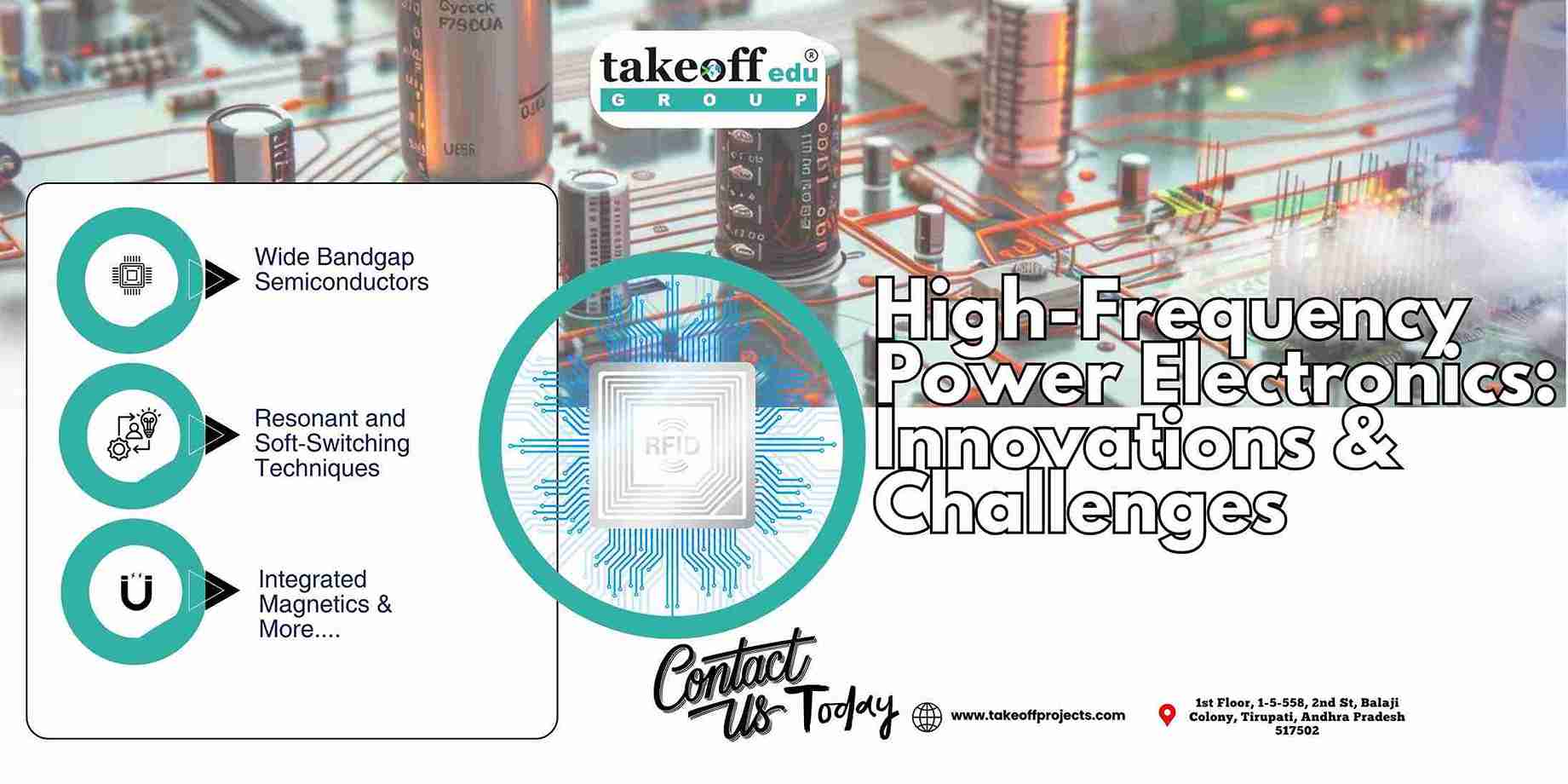 High-Frequency Power Electronics: Innovations and Challenges
High-Frequency Power Electronics: Innovations and Challenges 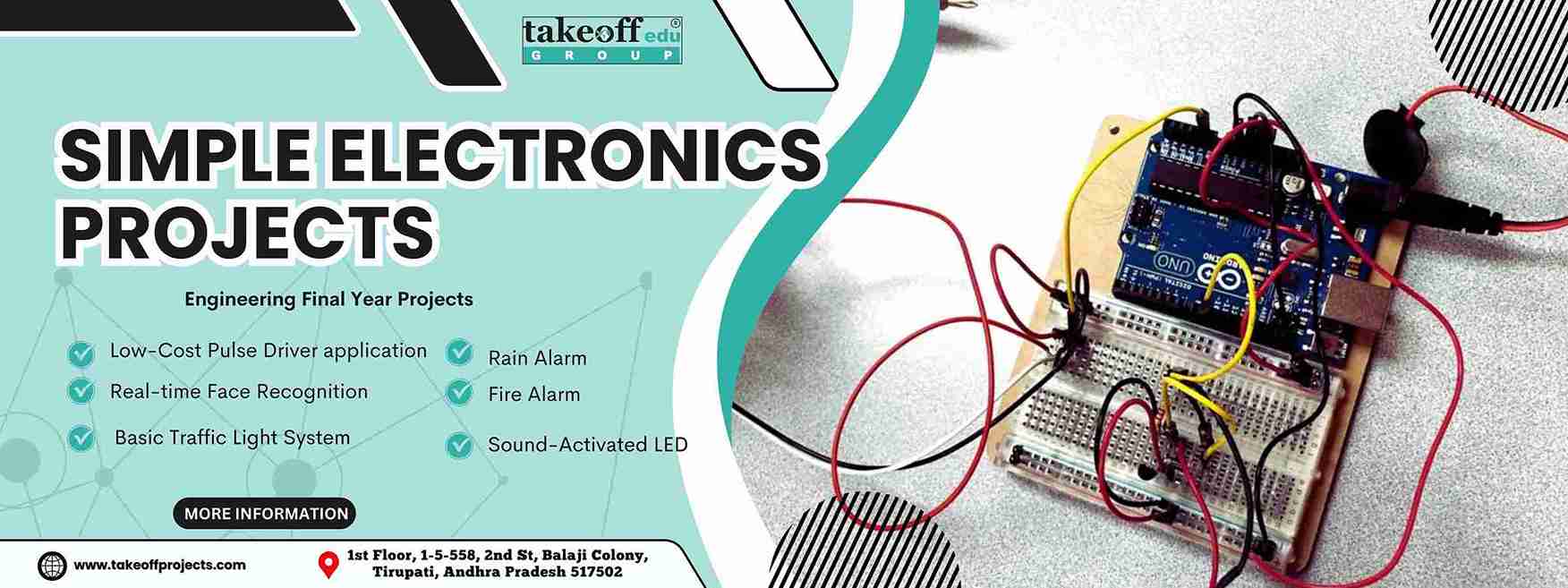 Simple Electronics Projects
Simple Electronics Projects  Wireless Communication Projects for Engineering Students
Wireless Communication Projects for Engineering Students 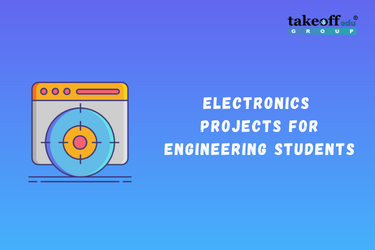 Electronics Projects for Engineering Students
Electronics Projects for Engineering Students 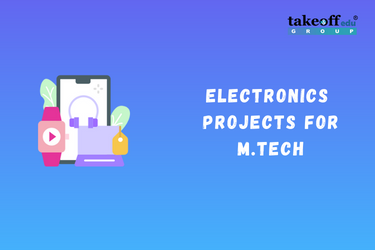 M.Tech Electronics Projects
M.Tech Electronics Projects 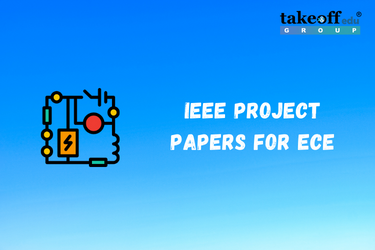 IEEE Project Papers for ECE
IEEE Project Papers for ECE 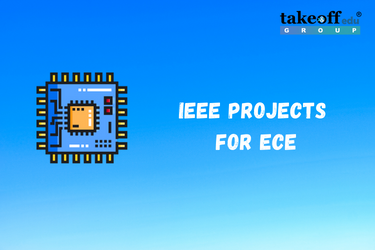 IEEE Projects for ECE
IEEE Projects for ECE 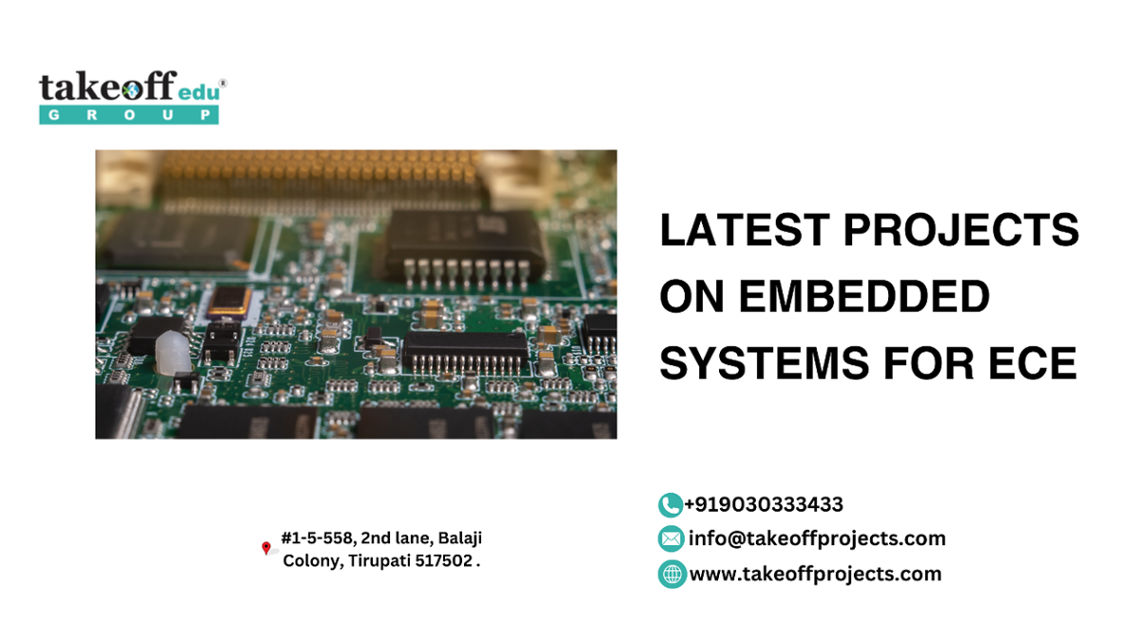 Latest Projects on Embedded Systems for ECE
Latest Projects on Embedded Systems for ECE 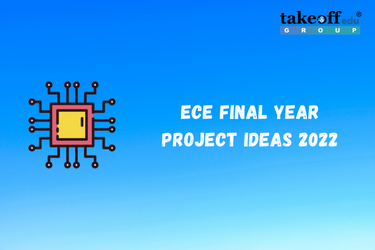 ECE Final Year Project Ideas 2022
ECE Final Year Project Ideas 2022  Latest Mini Projects for ECE
Latest Mini Projects for ECE 
 Paper Publishing
Paper Publishing


